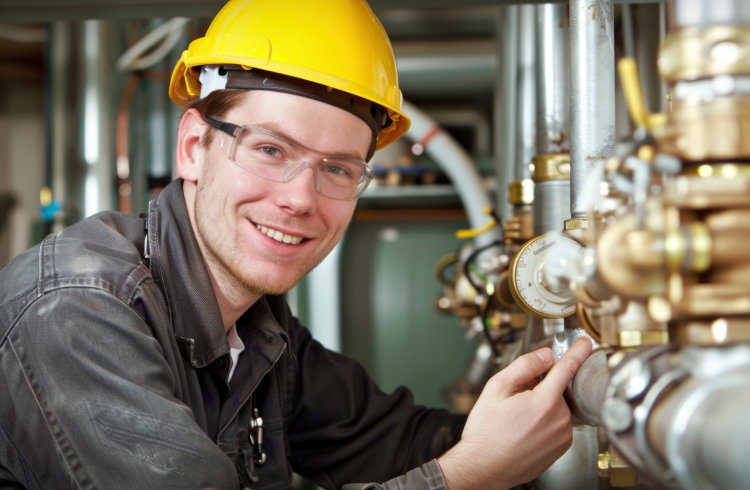
Preventive Maintenance
Regularly scheduled services designed to prevent breakdowns and extend the lifespan of equipment. This includes inspections, cleaning, lubrication, and adjustments.
- Inspections
- Cleaning
- Lubrication
- Adjustments
Preventive Maintenance: A Proactive Approach to Equipment Care
Preventive Maintenance is a strategic and proactive method designed to maintain equipment in optimal working condition, prevent unexpected failures, and extend the lifespan of machinery. It revolves around scheduled maintenance activities aimed at identifying and addressing potential issues before they evolve into costly repairs or complete equipment breakdowns. This approach is particularly critical in the context of pump and gearbox repair, where maintaining the functionality of these key components is essential for minimizing downtime and ensuring operational efficiency.
Key Activities in Preventive Maintenance
-
Inspections: Regular inspections, both visual and technical, are conducted to detect early signs of wear, misalignments, leaks, or other indicators of potential failure. These inspections may involve checking fluid levels, assessing gear teeth conditions, inspecting seals for integrity, and ensuring the overall alignment of the machinery.
-
Cleaning: Preventive maintenance includes the regular cleaning of pumps and gearboxes to remove dirt, debris, and corrosive substances that could impede the equipment’s performance. Cleaning prevents blockages, which can lead to inefficiencies, overheating, or increased wear on critical components.
-
Lubrication: Proper lubrication is essential for reducing friction between moving parts in pumps and gearboxes. Regular lubrication prevents excessive wear on gears, bearings, and rotors, ensuring smooth operation and prolonging the life of the equipment.
-
Adjustments: Fine-tuning equipment settings, such as adjusting the alignment and tension in gearboxes or calibrating the flow rates in pumps, helps maintain optimal performance. These adjustments prevent unnecessary strain on components and help maintain operational efficiency.
-
Replacement of Wear Parts: Preventive maintenance includes the timely replacement of critical wear parts such as seals, gaskets, and filters. By replacing these parts before they degrade, the risk of failure and operational disruption is minimized, ensuring continuous performance.
Benefits of Preventive Maintenance
-
Reduced Downtime: Preventive maintenance significantly reduces unscheduled downtime by identifying and resolving issues before they lead to failure. This ensures smoother operations and fewer interruptions.
-
Cost Efficiency: Minor maintenance tasks performed regularly are more cost-effective than major repairs or the complete replacement of equipment. Preventive maintenance helps organizations avoid unexpected expenses and costly repairs.
-
Extended Equipment Lifespan: By keeping equipment in optimal condition, preventive maintenance extends its operational life. Pumps and gearboxes will continue to perform efficiently, delaying the need for replacement and maximizing the return on investment.
-
Improved Safety: Well-maintained equipment operates more safely, reducing the risk of accidents caused by malfunctioning machinery. Preventive maintenance ensures that pumps and gearboxes are reliable and safe for continued use.
Importance of Preventive Maintenance in Industry
In industries such as manufacturing, oil and gas, water treatment, and automotive, pumps and gearboxes play a critical role in maintaining operational efficiency. Preventive maintenance ensures these vital components remain functional, reducing the risk of costly downtimes and enhancing productivity. Regular maintenance and timely repairs contribute to the longevity of the equipment, making preventive maintenance an essential part of any organization’s asset management strategy.

